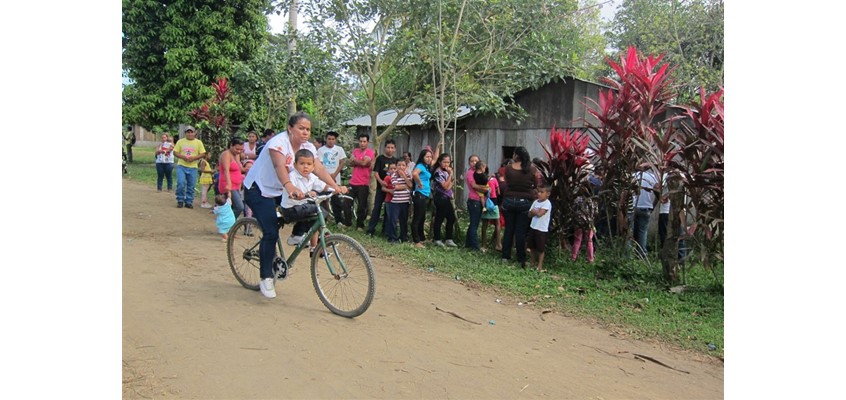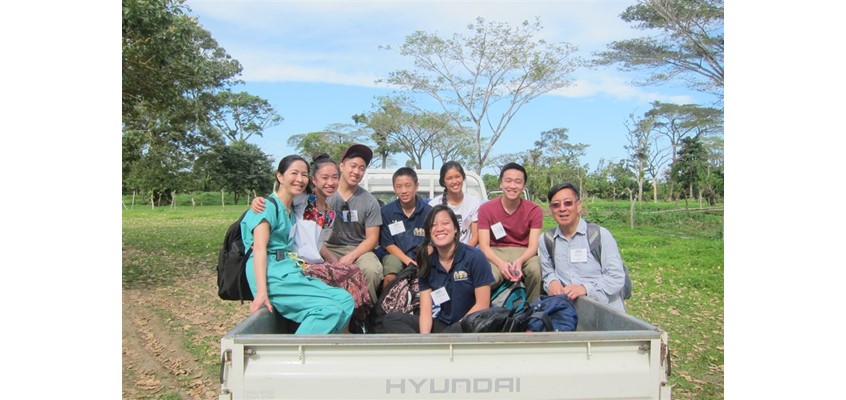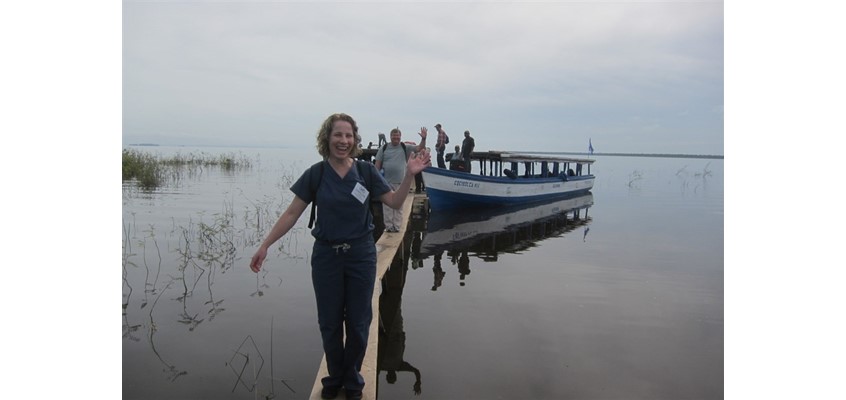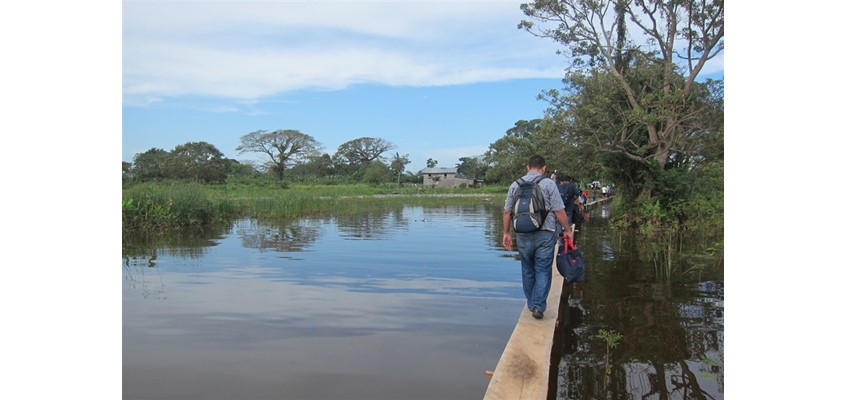Our team was called to minister to some island communities that are so remote that they feel almost forgotten by society. Once we arrived, we realized that these people live without a clean water source or electricity, unless they use gas-powered generators. They mostly eat rice, beans and plantains, have a basic school house, and need to take a boat to the mainland to buy staples like oil, bread, and vegetables. They only get infrequent health care by visiting nurses if at all. Nevertheless, the people seemed happy and family-centered, and were very grateful for the medical, dental and optical care that we brought.
During our visit, we had a first-ever meeting of five pastors and their wives, trying to unite the Christian community in order that they work together and share resources. The people were open to God's love and derived a lot of hope and comfort from knowing that they were not forgotten.
It was clear to see why they did not get a lot of care or visitors, since the trip required a long bus ride followed by a long boat ride before we could reach the island. On the flat land, people used bicycles and horses for transportation. We needed to walk along a long, skinny plank to reach the mainland from our boat, and in order to leave, our boat needed a big push by men wading in the water!
Although we encountered many difficult logistical challenges, the Lord was faithful and kept us safe the entire time. The key was to stay flexible and focused on the main goal, which was to share the love of Christ. Our team definitely received much more than we gave, since the scenery was breathtaking and the Nicaraguan people were so warm and welcoming. This trip has been life-changing, especially for the young people who were blessed with this unique opportunity to serve.
During our visit, we had a first-ever meeting of five pastors and their wives, trying to unite the Christian community in order that they work together and share resources. The people were open to God's love and derived a lot of hope and comfort from knowing that they were not forgotten.
It was clear to see why they did not get a lot of care or visitors, since the trip required a long bus ride followed by a long boat ride before we could reach the island. On the flat land, people used bicycles and horses for transportation. We needed to walk along a long, skinny plank to reach the mainland from our boat, and in order to leave, our boat needed a big push by men wading in the water!
Although we encountered many difficult logistical challenges, the Lord was faithful and kept us safe the entire time. The key was to stay flexible and focused on the main goal, which was to share the love of Christ. Our team definitely received much more than we gave, since the scenery was breathtaking and the Nicaraguan people were so warm and welcoming. This trip has been life-changing, especially for the young people who were blessed with this unique opportunity to serve.






